

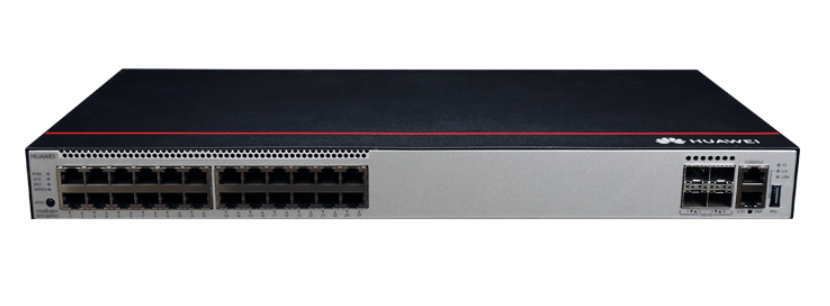



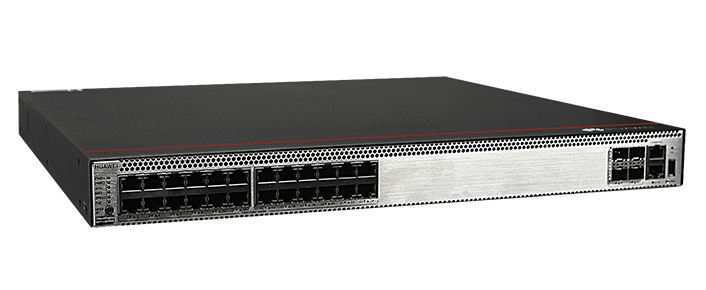

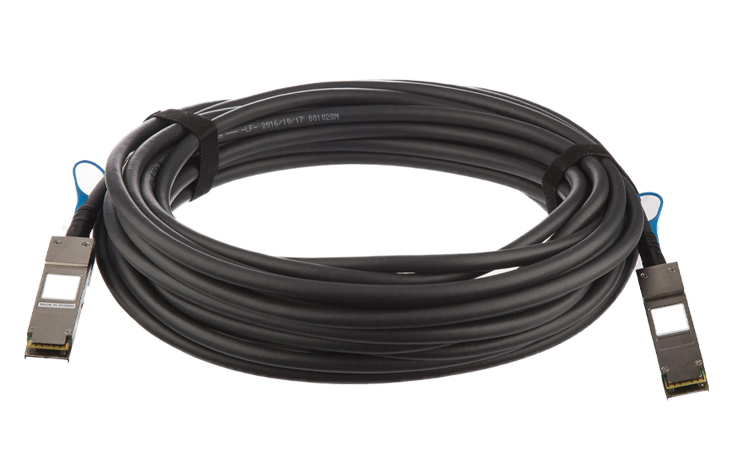
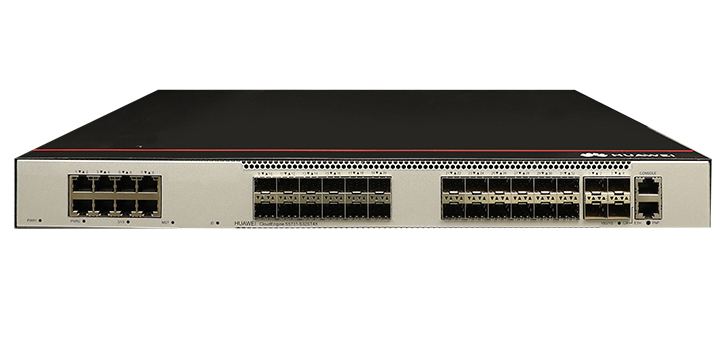



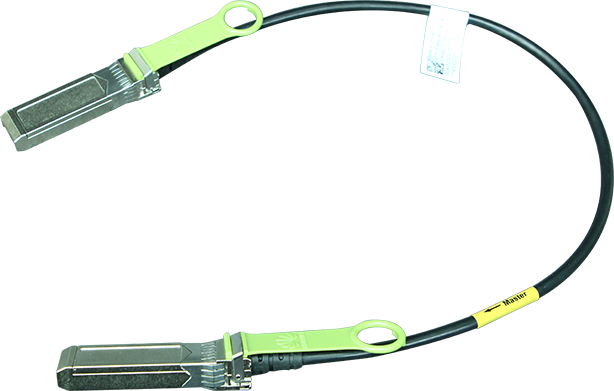
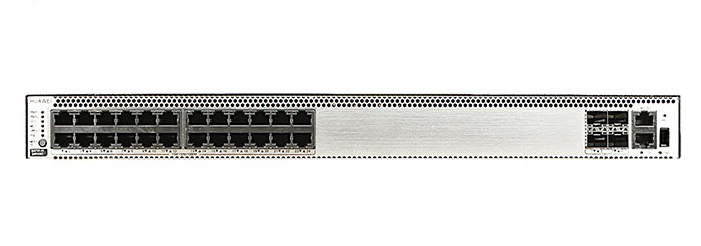
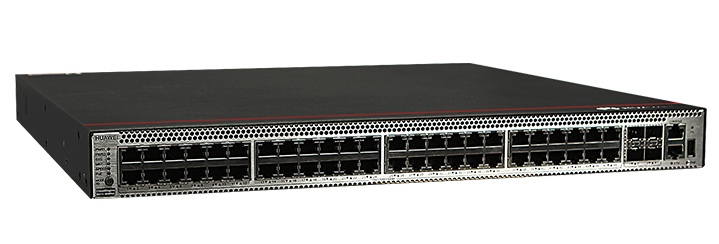
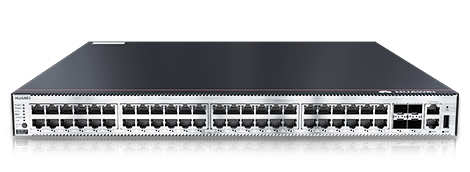

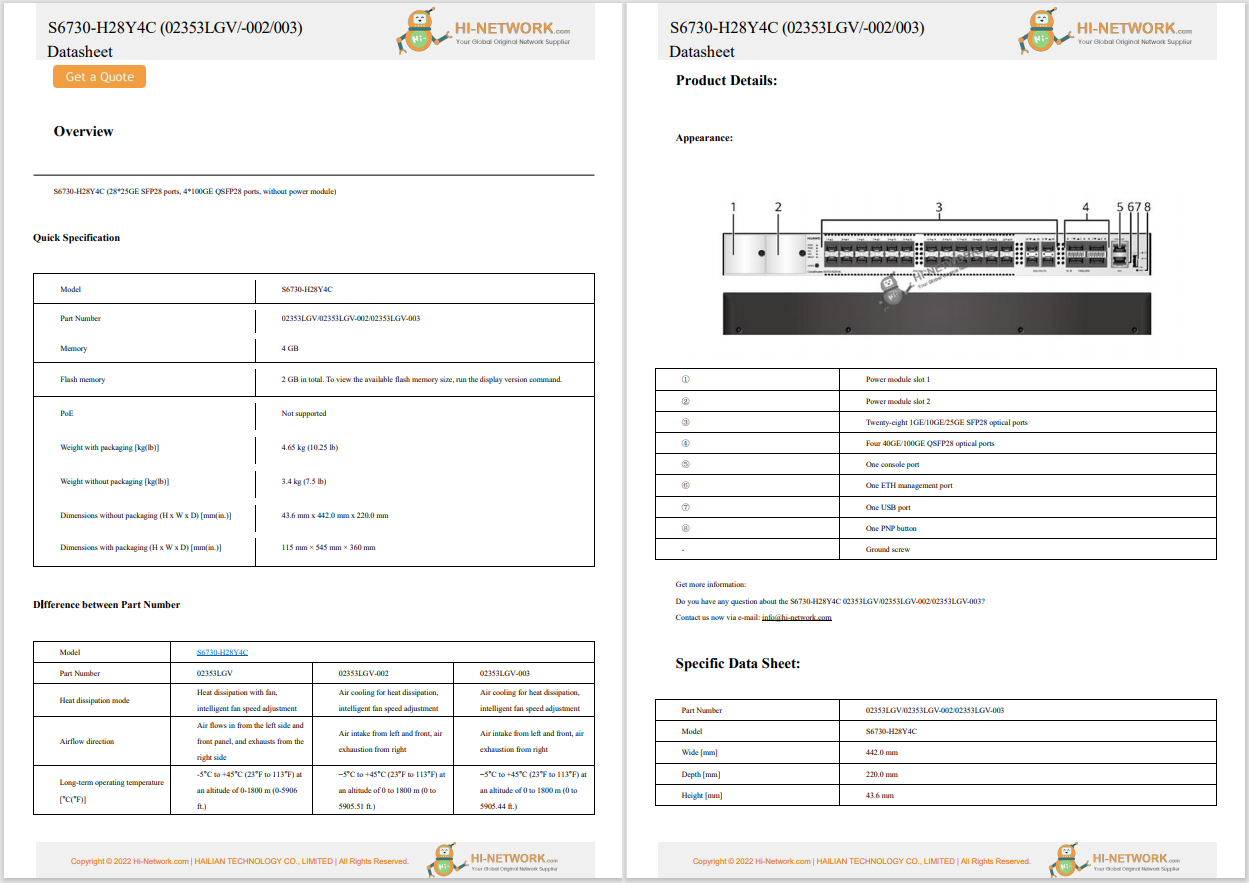


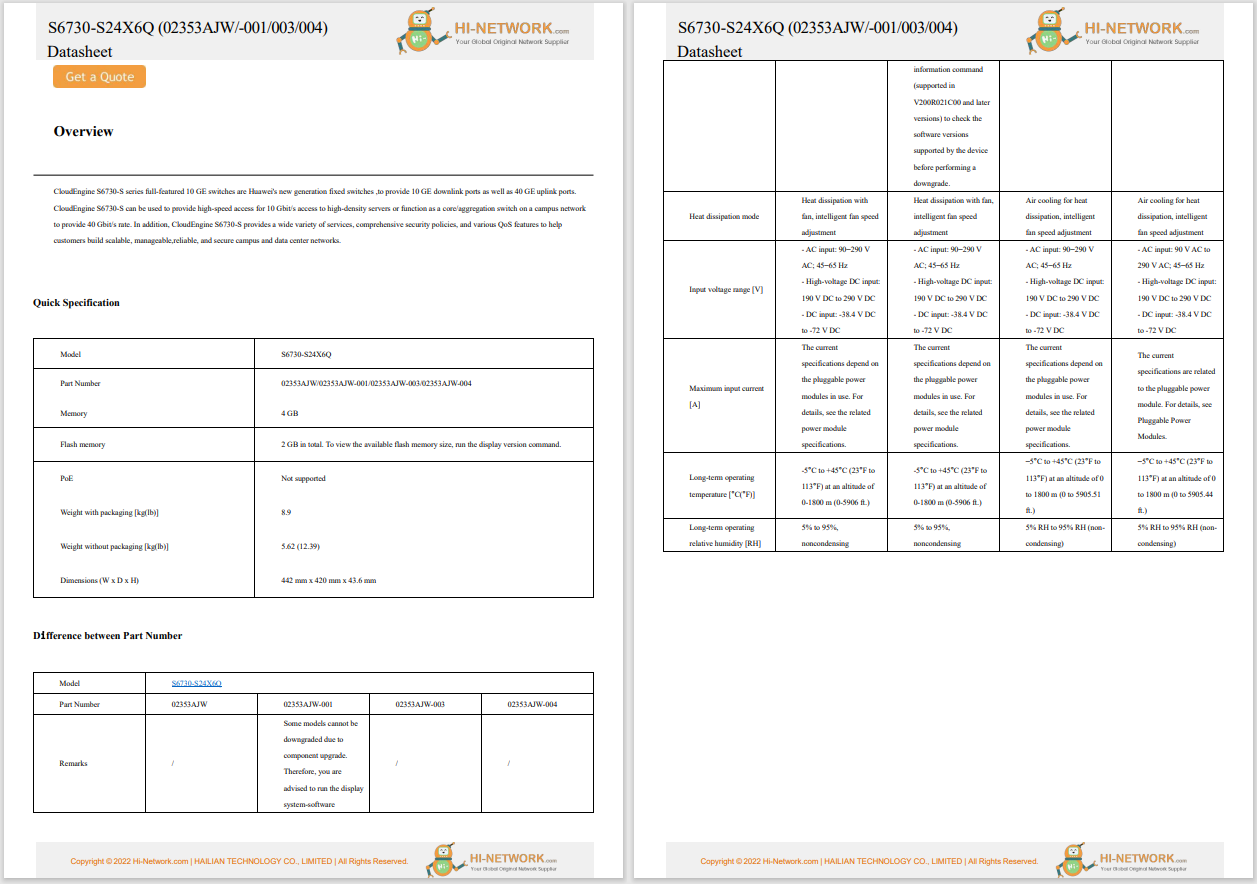

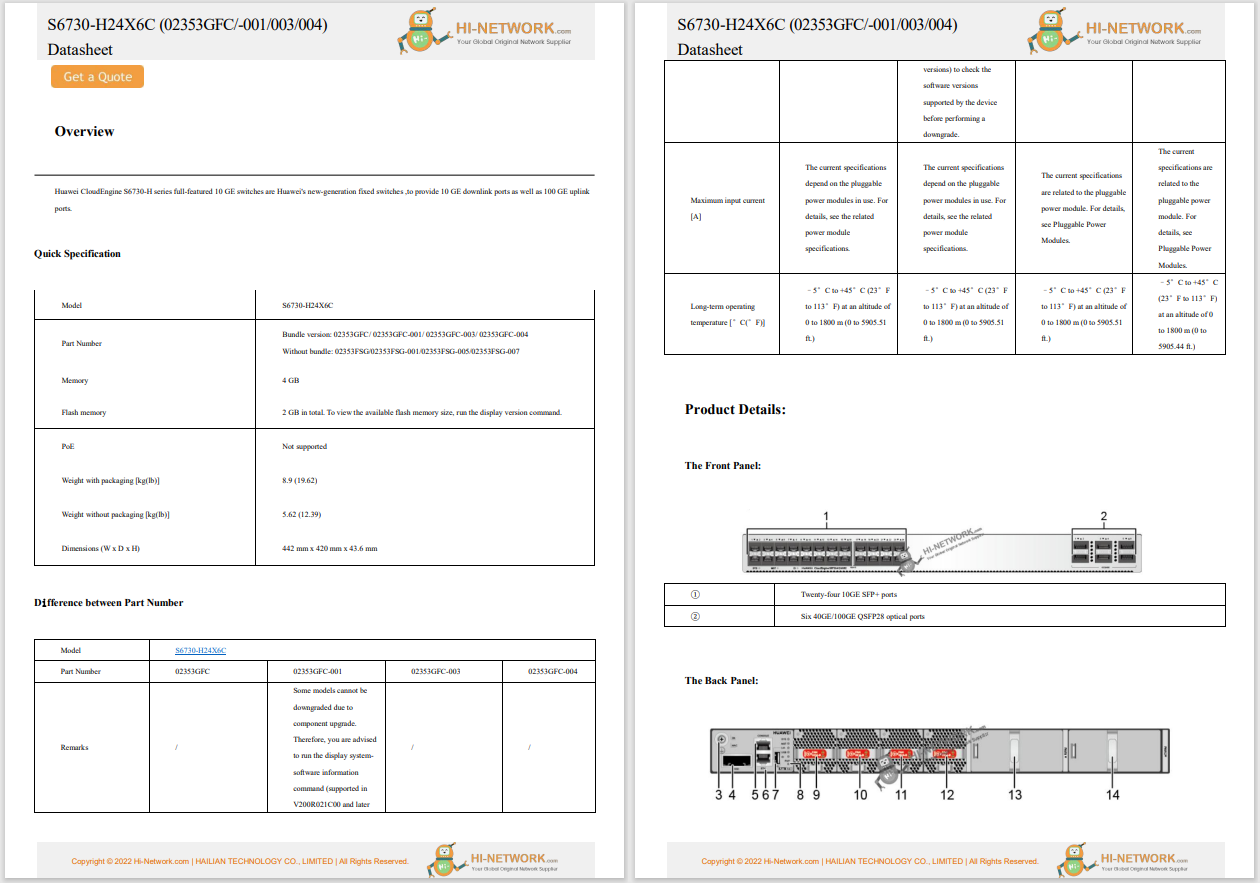
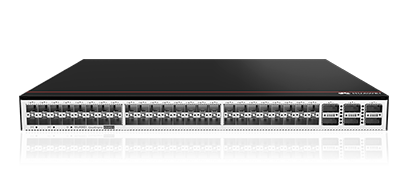
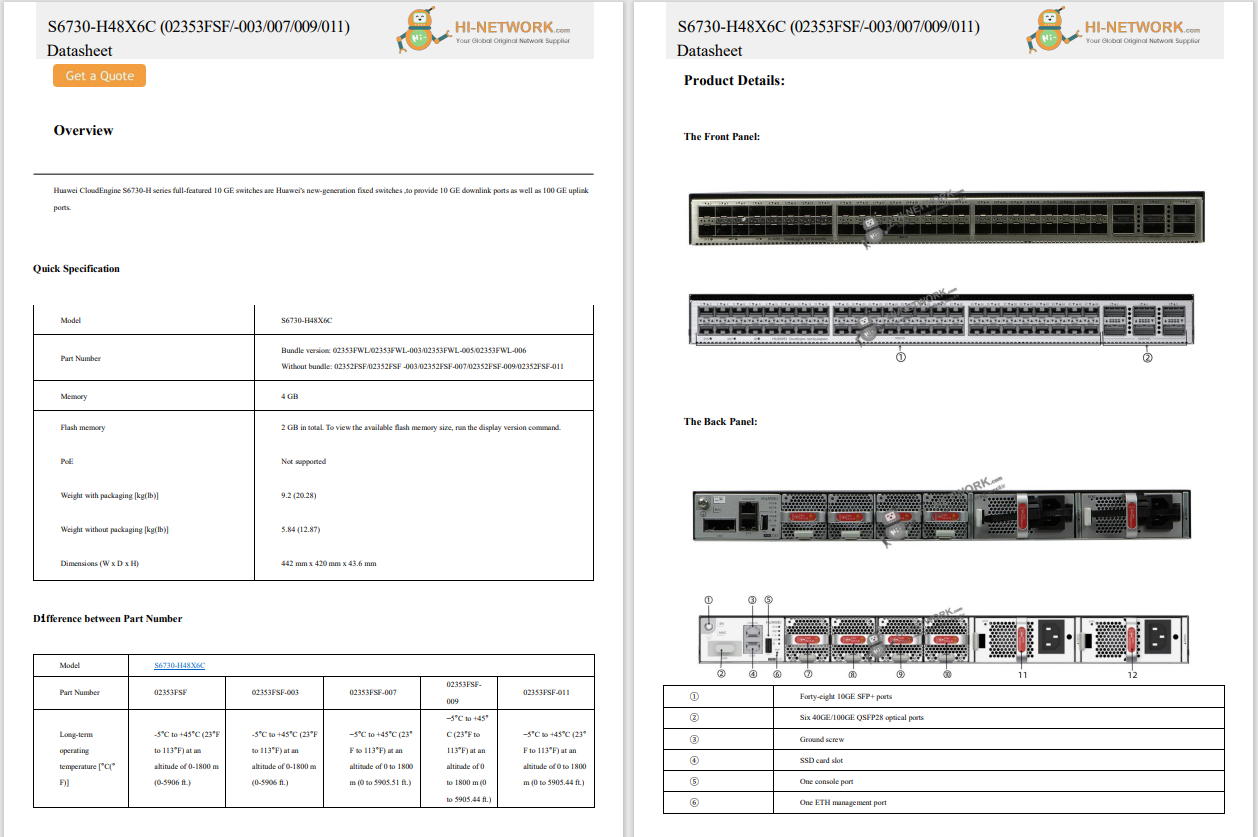
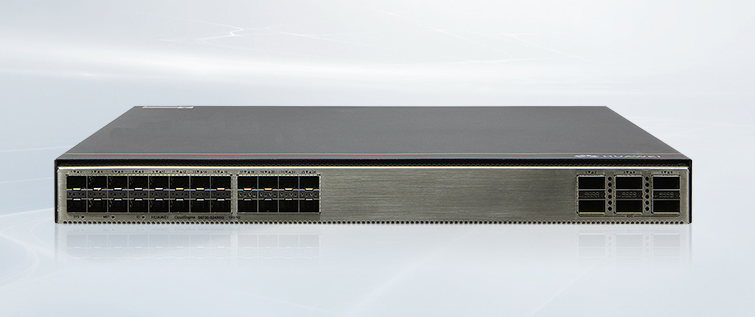


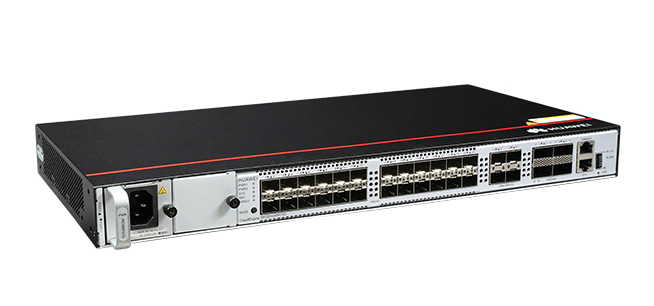
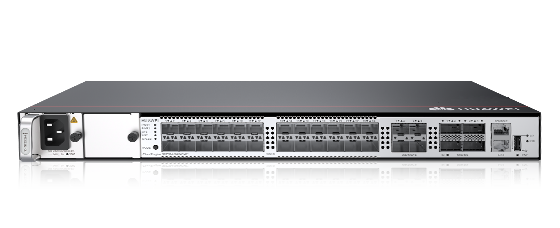
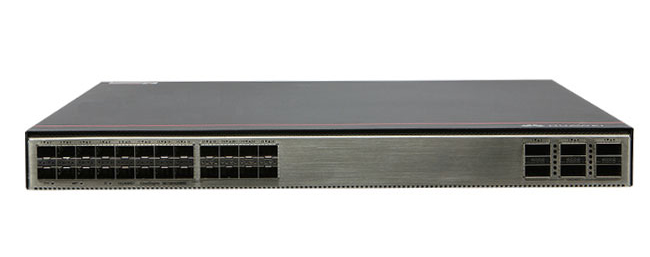

Most Pixel phones have already received the update that allows the use of a full Linux terminal environment. However, with Android 15, only 16GB of storage space can be allocated to the environment, and that default storage size cannot be changed.
With only 16GB, you are limited to what you can do with the Linux terminal environment (LTE). For example, if you want to install the Ollama terminal AI app, you would be limited to smaller LLMs. Even then, you probably won't be able to complete the installation because the environment alone takes up a portion of that space.
Also: Android 16 release is way ahead of schedule - and here's why
As reported by Android Authority, the latest beta of Android 16 changes all that. With beta 4, you can customize the space allocated to the LTE to consume nearly all your Android device storage. Android will block you from consuming 100% of your phone's remaining space by blocking the last 1 GB. (Otherwise, the terminal environment would fail to run correctly, if at all.)
There's more.
This new feature has been added as a stopgap. Eventually, the slider -- used to resize the space for the LTE -- will be replaced by dynamically adjusting storage space, similar to that used in VirtualBox. The virtual machine's storage will increase as needed and decrease as the host system requires. By going this route, Android will be less likely to run out of space.
Of course, the LTE has limitations, such as the inability to run GUI apps or access the Android audio system.
Check out the official release notes to read more about Android 16 beta 4.
Not yet participating in Google's Android beta program? You can view eligible devices and enroll here.
This latest update is the final beta release for Android 16, which means the official release is soon. How soon? Google plans for a stable public release on June 3, 2025, which is subject to change.
Also: This new Android 16 feature might give a big performance boost to older phones - here's how
Other new features that might wind up in Android 16 include a new battery health monitor, expanded Auracast support, better haptics, two-finger double-tap zoom, system-triggered profiling, advanced professional video codec support, fine control over color temperature in the camera app, Wi-Fi location security, and much more.
Get the morning's top stories in your inbox each day with ourTech Today newsletter.
 Tags quentes :
Tecnologia
Tags quentes :
Tecnologia